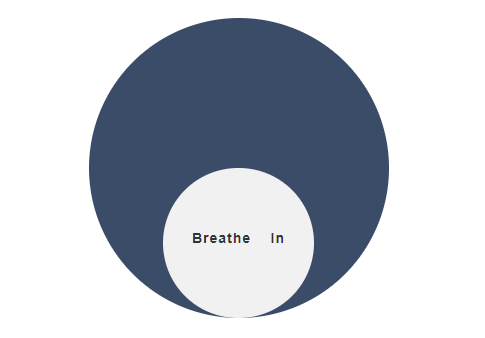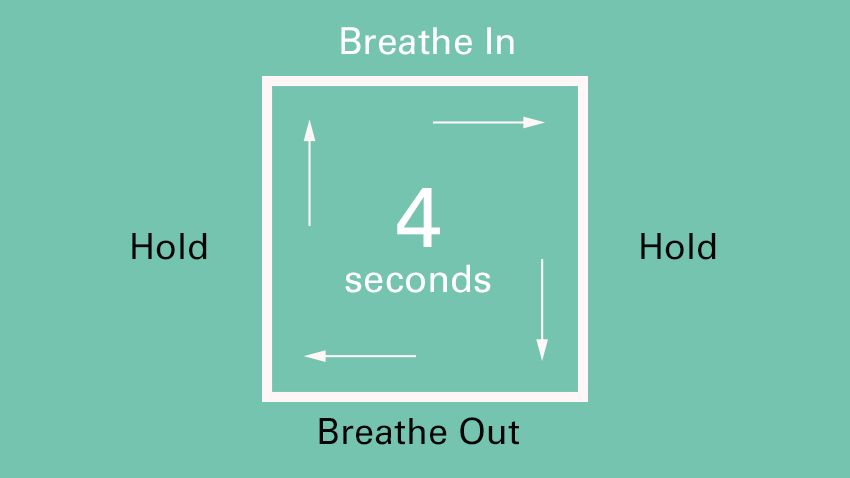
Breathwork is a valuable technique for stress management due to its impact on both the physiological and psychological aspects of the stress response.
By engaging in controlled breathing exercises, individuals can activate the parasympathetic nervous system, promoting a relaxation response that counteracts the "fight or flight" reaction associated with stress. This process not only reduces cortisol levels and enhances oxygenation but also fosters mindfulness, allowing you to stay present and manage emotional responses. Additionally, breathwork helps balance the autonomic nervous system, improves sleep quality, and enhances self-awareness.
Breathwork refers to various techniques and practices that involve conscious control and manipulation of one's breath. It is a holistic approach that focuses on the breath as a tool for healing, relaxation, and personal growth.
Anyone can benefit from practicing breathwork, as it offers numerous physical, mental, and emotional benefits. It can be particularly helpful for individuals experiencing stress, anxiety, depression, trauma, or those seeking personal development and self-awareness.
Breathwork can be used for various purposes, including:
Stress Reduction: Focusing on the breath can help activate the body's relaxation response, reducing stress levels and promoting a sense of calm.
Emotional Healing: Breathwork can facilitate the release and processing of stored emotions, trauma, and unresolved experiences, leading to emotional healing and increased self-awareness.
Increased Energy and Vitality: Certain breathwork techniques can help increase oxygen levels in the body, improving energy levels, and promoting overall well-being.
Mindfulness and Meditation: Conscious breathing can serve as an anchor for mindfulness and meditation practices, helping to cultivate present-moment awareness and enhance focus.
Self-Exploration and Personal Growth: Breathwork can provide a pathway for self-exploration, personal growth, and spiritual development by accessing altered states of consciousness and expanding one's awareness.
Breathwork Basics
-

Diaphragmatic Breathing
This technique involves deepening and slowing down the breath, focusing on expanding the diaphragm, and engaging the belly rather than shallow chest breathing. When we breathe into our chest, weonly fill a small portion of our lungs with air, and our brain never receives the signal to relax that normally comes from breathing. Engaging our diaphragm allows us to breathe more deeply, and reduces stress on or nervous system.
-

Mindful Breathing
This technique emphasizes a connected and continuous breath pattern, encouraging the release of physical and emotional tension, and promoting self-discovery and personal growth. In a relaxed environment, focusing on our breathing can allow us to enhance the connections between our body and our brain. This increases our physical awareness and enables a greater degree of communication with our bodies.
-

Rhythmic Breathing
Rhythmic Breathing can take many forms, but particularly focuses on controlling our breathing in specific patterns. Each pattern can elicit a unique effect, and when used in a targeted approach, can be a powerful synergist to nearly any health program.
